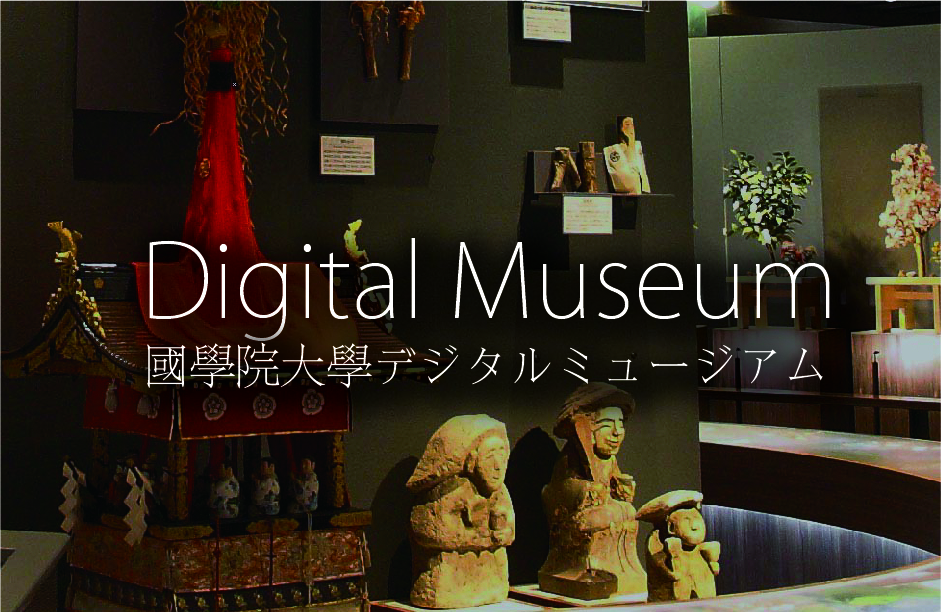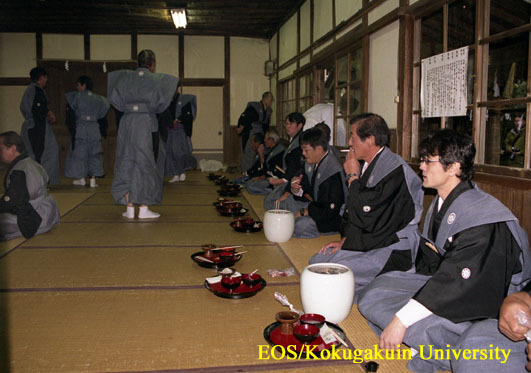- トップ
- Encyclopedia of Shinto
- Naorai
Encyclopedia of Shinto
| Main Menu: | |
| Links: |
詳細表示 (Complete Article)
| カテゴリー1: | 5. Rites and Festivals |
|---|---|
| カテゴリー2: | Shrine Rituals |
| Title | Naorai |
| Text | A banquet that accompanies a matsuri. Usually understood as sharing a meal of the offerings made at the festival after its conclusion, the naorai is one of the constituent elements of matsuri. According to the Association of Shinto Shrines' Jinja saishiki, naorai are included in major rites (taisaishiki), middle rites (chūsaishiki) and minor rites (shōsaishiki). Regarding the manner in which the ritual gestures composing the naorai should be performed, the text specifies that "first, the person in charge sets out the food and drink. Then, sacred rice wine is poured, and all those assembled drink. Next, naorai music is performed. Finally, the person in charge removes the dishes." It is also noted that, in the case of shrines with specific traditions, naorai is to be carried out in accordance with previous practice. This provision reflects the fact that a large number of shrines have their own ancient traditions of conducting the naorai. Records in an Imperial Proclamation of the Emperor Shōtoku, reading "today is the day of the toyonoakari-kiko (ceremonial dinner) of the naorai of the Ōnie" and "today is the day of the toyonoakari-kiko of the naorai of the niinae",indicate that naorai,referred to as toyonoakari no setchi-e, used to be performed at the end of daijōsai and niinamesai, when white and black sake (shiroki and kuroki) was offered to the assembled retainers. Engishiki mentions a naorai-den at Kasuga Shrine (now Kasuga Taisha) and a building called the naorai-in at the Grand Shrines of Ise. Overall, naorai seems to have been an important part of ceremonies and rites since ancient times. The term is believed to be derived from nahoriahi, meaning to return to everyday life at the end of a period of ritual purification (saikai). In contrast, Orikuchi Shinobu's interpretation posits a connection to naobi no kami, regarding naorai as a ritual in which, by moving to a different place at the end of a festival and worshipping these gods of purification, mistakes committed during the festival can be set right. Yet another theory interprets the meaning of the first character as "sitting down before a table set for a meal", and of the second character as "all meeting together". While regarding it as a form of ritual behavior, this theory explains naorai as "removing the sake (miki) and food offerings (shinsen) which had been presented to the kami and partaking of them after the conclusion of the ceremonies", with no connotation of putting an end to ritual purification. — Mogi Sadasumi |






